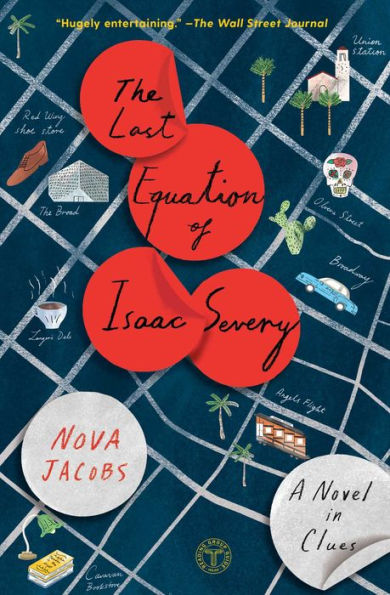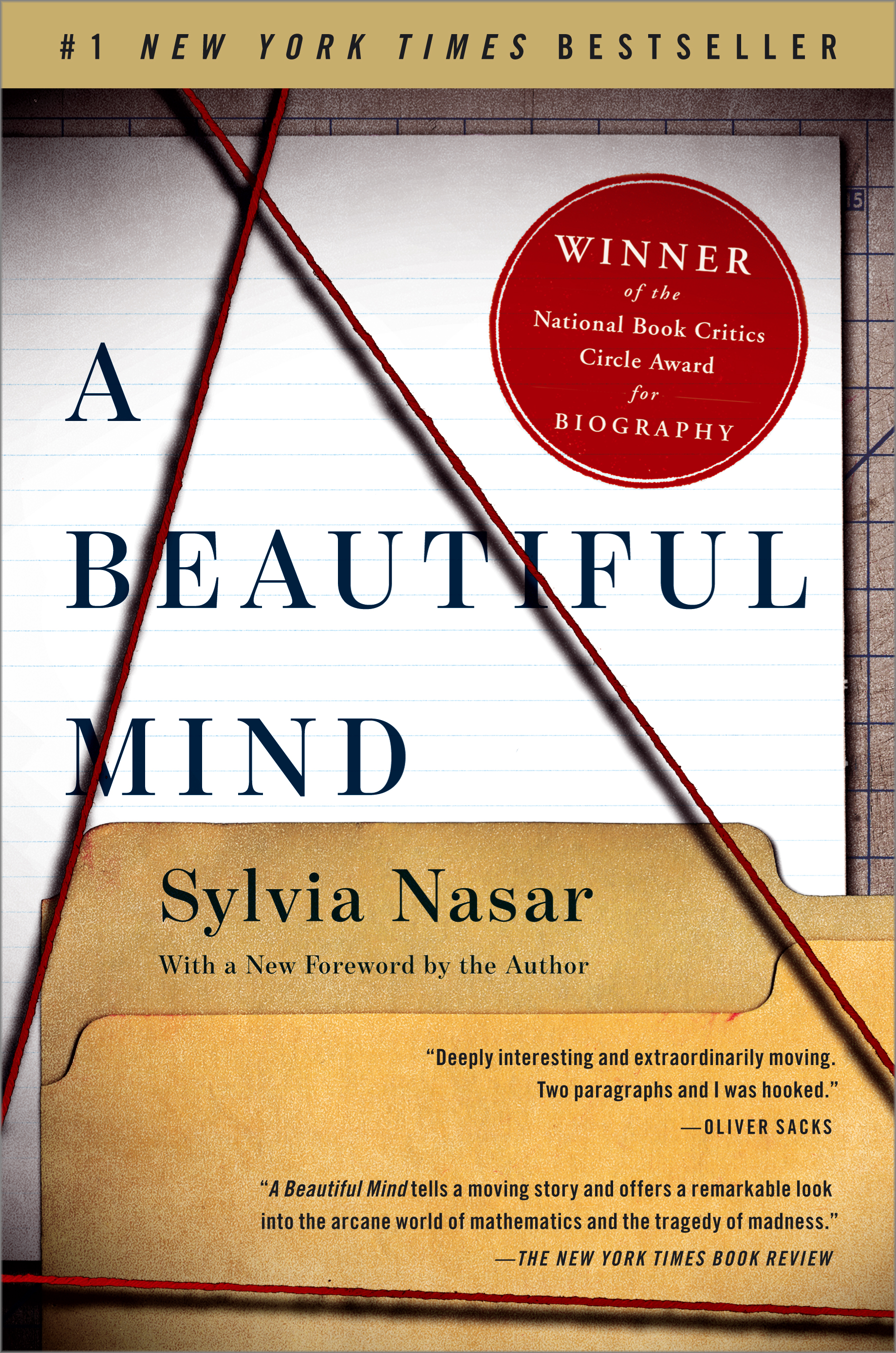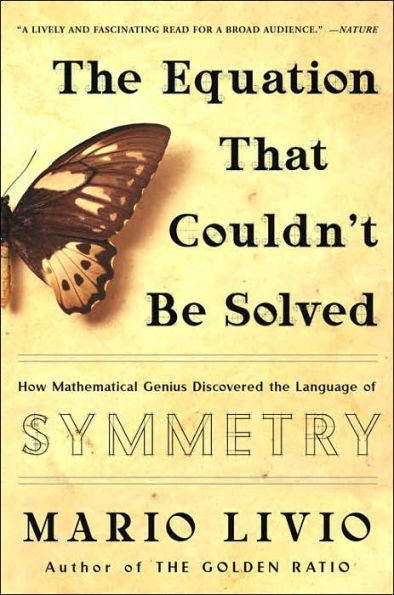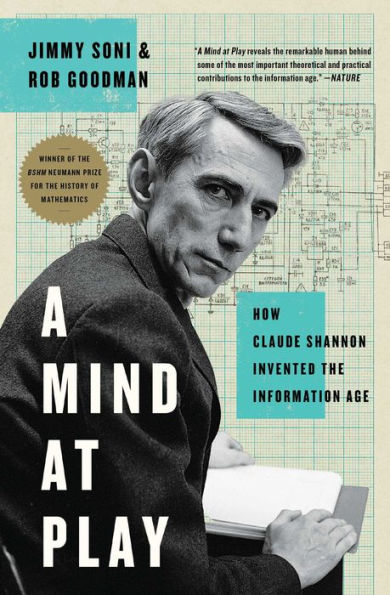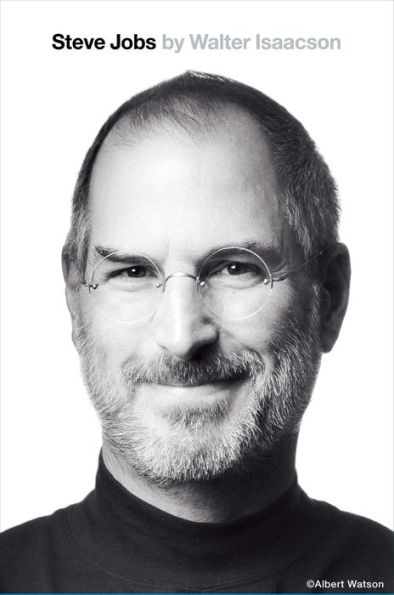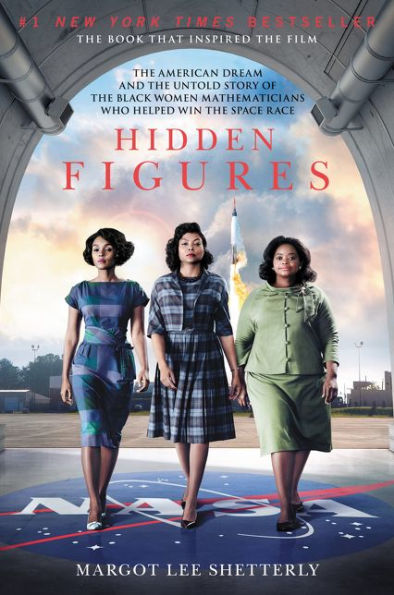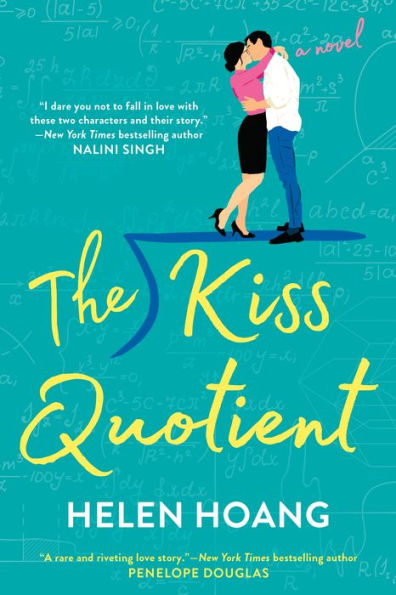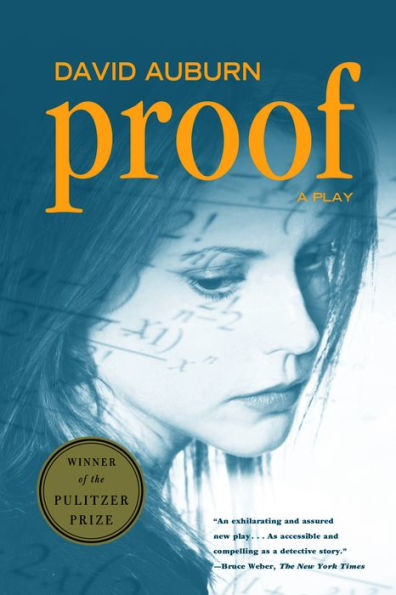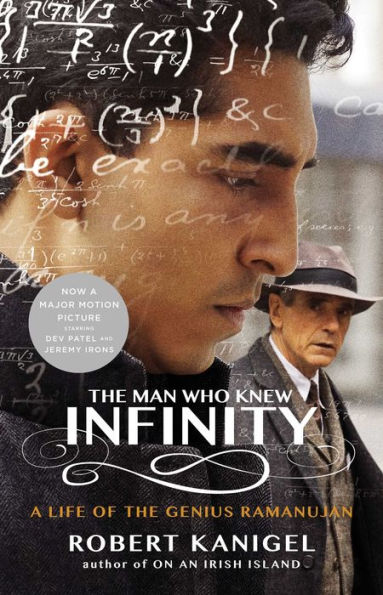If you’re looking to solve the problem of what to read next, this list will sum it up for you. These books would make great additions to anyone’s reading list. So why not celebrate Pi Day with these inspiring novels and biographies.

12 Mathematical Books to Help You Solve Your Reading Rut Problem
THE FAMILY FANG meets THE STORIED LIFE OF A. J. FIKRY in this literary mystery about a struggling bookseller whose recently deceased grandfather, a famed mathematician, has left behind a dangerous equation for her to track down—and protect—before others can get their hands on it.
MENTIONED IN:
In this must-have for anyone who wants to better understand their love life, a mathematician pulls back the curtain from dating sites to divorce, sex to marriage—and reveals the hidden patterns behind the rituals of love.
In this must-have for anyone who wants to better understand their love life, a mathematician pulls back the curtain and reveals the hidden patterns—from dating sites to divorce, sex to marriage—behind the rituals of love.
The roller coaster of romance is hard to quantify; defining how lovers might feel from a set of simple equations is impossible. But that doesn’t mean that mathematics isn’t a crucial tool for understanding love.
Love, like most things in life, is full of patterns. And mathematics is ultimately the study of patterns—from predicting the weather to the fluctuations of the stock market, the movement of planets or the growth of cities. These patterns twist and turn and warp and evolve just as the rituals of love do.
In The Mathematics of Love, Dr. Hannah Fry takes the reader on a fascinating journey through the patterns that define our love lives, applying mathematical formulas to the most common yet complex questions pertaining to love: What’s the chance of finding love? What’s the probability that it will last? How do online dating algorithms work, exactly? Can game theory help us decide who to approach in a bar? At what point in your dating life should you settle down?
From evaluating the best strategies for online dating to defining the nebulous concept of beauty, Dr. Fry proves—with great insight, wit, and fun—that math is a surprisingly useful tool to negotiate the complicated, often baffling, sometimes infuriating, always interesting, mysteries of love.
In this powerful and dramatic biography, Sylvia Nasar vividly re-creates the life of a mathematical genius whose career is cut short by schizophrenia, but—after three decades of devastating mental illness—he miraculously recovers and is honored with a Nobel Prize.
Nasar’s biography of mathematical genius John Nash is a drama about the mystery of the human mind and the power of love. By the age of thirty, Nash was a legend—and already suffering from paranoid schizophrenia. Remarkably, Nash triumphed over adversity, won world acclaim and a Nobel Prize.
THE EQUATION THAT COULDN'T BE SOLVED is told not through abstract formulas but in a beautifully written and dramatic account of the lives and work of some of the greatest and most intriguing mathematicians in history.
What do Bach's compositions, Rubik's Cube, the way we choose our mates, and the physics of subatomic particles have in common? All are governed by the laws of symmetry, which elegantly unify scientific and artistic principles. Yet the mathematical language of symmetry-known as group theory-did not emerge from the study of symmetry at all, but from an equation that couldn't be solved.
For thousands of years mathematicians solved progressively more difficult algebraic equations, until they encountered the quintic equation, which resisted solution for three centuries. Working independently, two great prodigies ultimately proved that the quintic cannot be solved by a simple formula. These geniuses, a Norwegian named Niels Henrik Abel and a romantic Frenchman named Évariste Galois, both died tragically young. Their incredible labor, however, produced the origins of group theory.
The first extensive, popular account of the mathematics of symmetry and order, The Equation That Couldn't Be Solved is told not through abstract formulas but in a beautifully written and dramatic account of the lives and work of some of the greatest and most intriguing mathematicians in history.
Claude Shannon—the architect of the information age—whose insights are behind every computer and email, is brought to light in this elegantly written, exhaustively researched biography.
Winner of the Neumann Prize for the History of Mathematics
**Named a best book of the year by Bloomberg and Nature**
**'Best of 2017' by The Morning Sun**
"We owe Claude Shannon a lot, and Soni & Goodman’s book takes a big first step in paying that debt." —San Francisco Review of Books
"Soni and Goodman are at their best when they invoke the wonder an idea can instill. They summon the right level of awe while stopping short of hyperbole." —Financial Times
"Jimmy Soni and Rob Goodman make a convincing case for their subtitle while reminding us that Shannon never made this claim himself." —The Wall Street Journal
"Soni and Goodman have done their research...A Mind at Play reveals the remarkable human behind some of the most important theoretical and practical contributions to the information age." —Nature
"A Mind at Play shows us that you don't need to be a genius to learn from a genius. Claude Shannon's inventive, vibrant life demonstrates how vital the act of play can be to making the most of work." —Inc.
“A charming account of one of the twentieth century’s most distinguished scientists…Readers will enjoy this portrait of a modern-day Da Vinci.” —Fortune
In their second collaboration, biographers Jimmy Soni and Rob Goodman present the story of Claude Shannon—one of the foremost intellects of the twentieth century and the architect of the Information Age, whose insights stand behind every computer built, email sent, video streamed, and webpage loaded. Claude Shannon was a groundbreaking polymath, a brilliant tinkerer, and a digital pioneer. He constructed the first wearable computer, outfoxed Vegas casinos, and built juggling robots. He also wrote the seminal text of the digital revolution, which has been called “the Magna Carta of the Information Age.” In this elegantly written, exhaustively researched biography, Soni and Goodman reveal Claude Shannon’s full story for the first time. With unique access to Shannon’s family and friends, A Mind at Play brings this singular innovator and always playful genius to life.
This is the riveting story of the roller-coaster life and searingly intense personality of a creative entrepreneur whose passion for perfection and ferocious drive revolutionized six industries: personal computers, animated movies, music, phones, tablet computing, and digital publishing.
This adaptation of Walter Isaacson's phenomenal bestseller stars Kate Winslet, Seth Rogan, Jeff Daniels, and, most importantly, Michael Fassbender as the enigmatic and divisive Apple co-founder who revolutionized life in the digital age.
Release Date: October 9, 2015
The little-known history and inspiring true story of four of the most brilliant minds in United States history: Dorothy Vaughan, Mary Jackson, Katherine Johnson, and Christine Darden.
Recently adapted for the big screen (starring Taraji P. Henson and Octavia Spencer), this is the remarkable true story of the team of black female mathematicians at NASA who, while segregated from their white counterparts, contributed to some of our greatest advancements in space, including the first orbits and landings on the moon.
This romantic comedy shows that love can fit into any equation.
This Pulitzer Prize–winning play is not to be missed. It explores the complexities of family, love, and ambition.
THE HUMANS is a funny, compulsively readable tale that playfully and movingly explores the ultimate subject—ourselves. Starring an alien posing as a prominent mathematician.
MENTIONED IN:
This is the true story of Srinivasa Ramanujan, a young genius from India who made his way to Cambridge and revolutionized mathematics.
NOW A MAJOR MOTION PICTURE STARRING JEREMY IRONS AND DEV PATEL!
A moving and enlightening look at the unbelievable true story of how gifted prodigy Ramanujan stunned the scholars of Cambridge University and revolutionized mathematics.
In 1913, a young unschooled Indian clerk wrote a letter to G H Hardy, begging the preeminent English mathematician's opinion on several ideas he had about numbers. Realizing the letter was the work of a genius, Hardy arranged for Srinivasa Ramanujan to come to England.
Thus began one of the most improbable and productive collaborations ever chronicled. With a passion for rich and evocative detail, Robert Kanigel takes us from the temples and slums of Madras to the courts and chapels of Cambridge University, where the devout Hindu Ramanujan, "the Prince of Intuition," tested his brilliant theories alongside the sophisticated and eccentric Hardy, "the Apostle of Proof."
In time, Ramanujan's creative intensity took its toll: he died at the age of thirty-two, but left behind a magical and inspired legacy that is still being plumbed for its secrets today.
This is the definitive biography of Alan Turing, the founder of computer science, which was the inspiration for the award-winning movie starring Benedict Cumberbatch and Keira Knightley.

